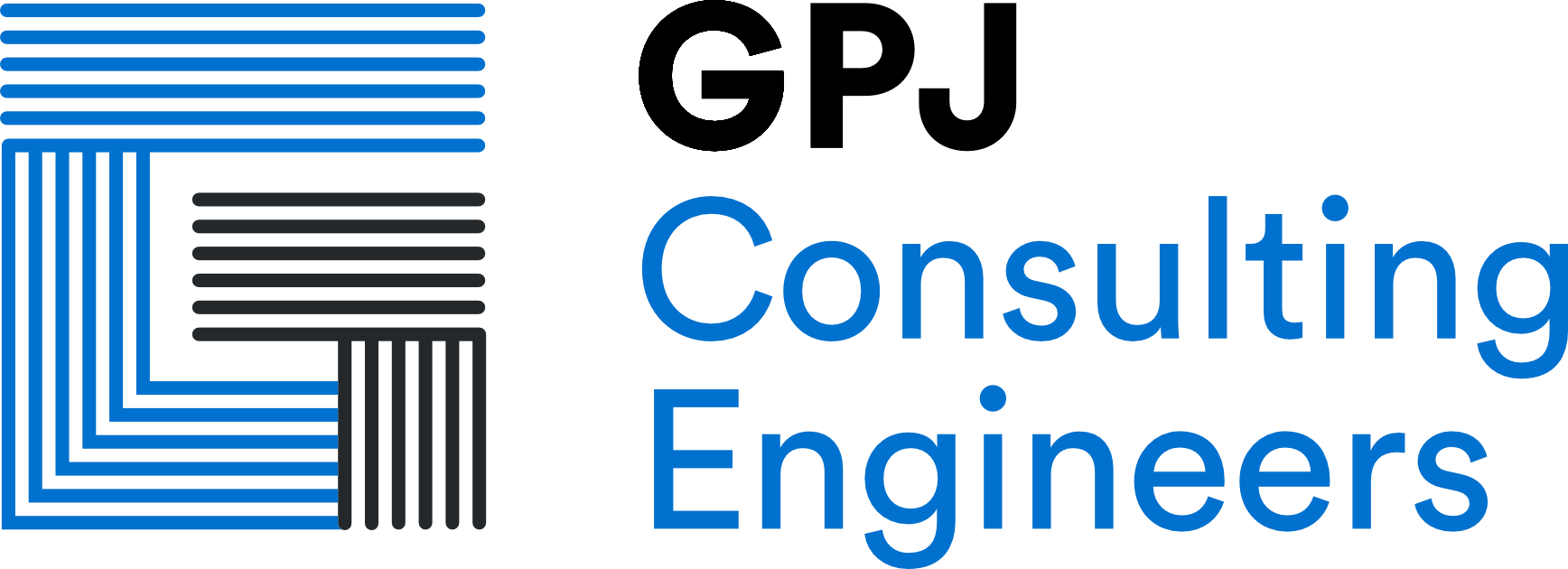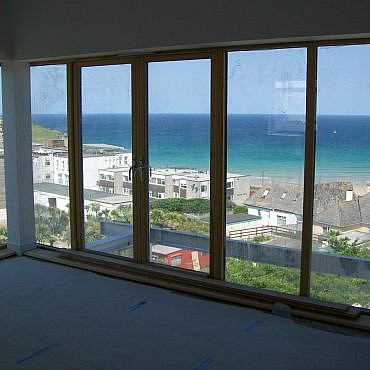Our engineers have been appointed AEs for the Trust since 2014 when the Trust only had 1 authorised person (AP) and 3 competent persons (CP). We are providing training for new APs and AEs by providing tailored training sessions to new staff members within the Trust to bring them up to the required level of knowledge.
We have provided guidance and consultation to the Estates operations team, carrying out regular practical plant inspections, annual maintenance audits and sign-off all new vent systems.
Working closely with the Trusts infection prevention and control (IPAC) team we offer practical guidance and effective control measures with respect to ventilation systems and their part in infection prevention within the Trust.
We have formed a ventilation users group to discuss all the Trusts ventilation issues and on-going service improvement. We are active participants at meetings.
We audit the Trust’s re-verification reports for all critical ventilation systems (i.e. operating theatres) and report our findings directly to the group with our recommendations for corrective measures where required.
We provide ventilation workshops with Trust clinical staff to raise their awareness of the ventilation systems within the hospital and how a simple change of use to a room could compromise the safety of patients and staff if the ventilation systems design is not assessed.
We offer bio-security expertise in relation to the control of infection and the design of the ventilation systems to prevent the spread of infection throughout a facility and also offer guidance to protect the Trusts maintenance staff for exposure to risk.
Drains are often neglected parts of the ventilation and harbour airborne pathogens. Hence the design and maintenance of drain vents are a very important part of our bio-safety work.
Risk mitigation is associated with cross infection and potential exposure to microbiological pathogens. Risk is elevated by poor ventilation or incorrect ventilation. Drainage systems including toilets pose a significant risk to certain patient groups. Correct design eliminates these problems.



